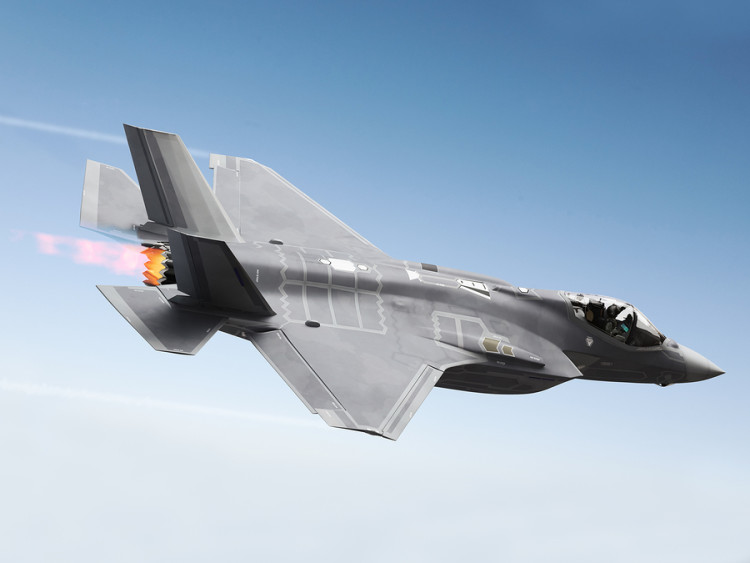Now Hiring — Must Be Willing to Work at Mach 1: Editorial

published Oct 25th 2016, 7:00 am, by The Editors
(Bloomberg View) —
The U.S. Air Force has big plans to expand its fleets of fighter jets, bombers and drones. But who is going to fly them all?
The dearth of combat pilots is becoming a crisis. The Air Force could be 700 fighter pilots below its needs by the end of the year, and it is short 200 drone pilots. What’s more, tens of thousands of commercial pilots are near the federally mandated retirement age of 65 — so current Air Force pilots will soon have a lot more help-wanted ads to sift through.
Some reasons for the military pilot shortage are obvious: relatively low pay, longer deployments, the aforementioned private-sector employment opportunities. Other reasons are less transparent. The act of dropping bombs on unseen enemies — whether the pilot is in a cockpit or a cubicle — takes a mental toll, and post-traumatic stress disorder is on the rise.
The armed services are not blind to the problem. Since 1999, mid-career pilots have been offered retention bonuses of up to $25,000 a year, but the percentage of pilots accepting them has fallen by a third since 2010. Congress is looking to increase the bonus to as much as $60,000, which would make salaries competitive with the airlines but is perhaps not enough to sway pilots burned out by military life or looking for more family-friendly situations.
But there are steps the military can take beyond offering more money. Air Force Secretary Deborah James has opened drone-pilot jobs to senior enlisted men, not just pilots and other commissioned officers. The service is testing now with a small group of trainees, but it needs rapid expansion. Another possibility is for the Air Force to offer those leaving active duty a strong financial incentive to stay in the reserves or join the Air National Guard. Either proposal is preferable to hiring more private contractors to fly surveillance craft, many of them former military drone pilots whose paychecks can be three times what they made in uniform.
But perhaps the biggest boost could come from a comprehensive reform of the Pentagon’s archaic up-or-out promotion policies, under which officers deemed unsuited for top commands are pushed out of uniform before they qualify for full retirement benefits. Some pilots might just want to stay in the cockpit their entire careers rather than being promoted out of it, and the military should be more flexible in allowing them to do so.
Part of this reform should also involve ensuring that becoming a drone pilot is no longer an automatic career dead end. (It might also help if drone operators were eligible for the same combat medals as jet pilots.) The service could also raise the age cap for aspiring pilots.
As for the psychological toll, the Air Force has to come to grips with the fact that fighter and drone pilots are just as prone to mental-health issues as ground combat troops. For starters, it should expand a fledgling program that brings behavioral-health specialists into the Air Force’s primary care clinics.
As the skills gained in uniform become increasingly relevant to a tech-savvy private sector, the civilian-military competition for talented workers is only going to intensify. To maintain the best military in the world, the Pentagon will need to figure out how to keep its pilots.
Looking for a Few Good Fliers
–Editors: Tobin Harshaw, Michael Newman.To contact the senior editor responsible for Bloomberg View’s editorials: David Shipley at davidshipley@bloomberg.net .
For more columns from Bloomberg View, visit Bloomberg view
copyright
© 2016 Bloomberg L.P



No Comment